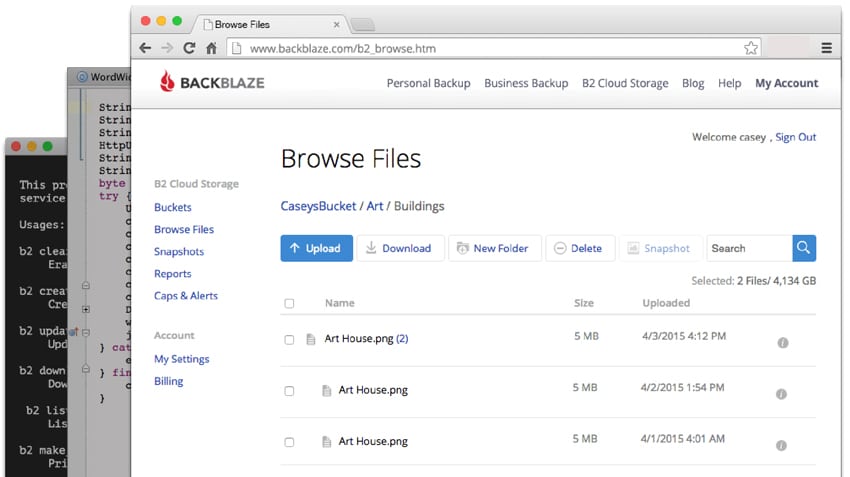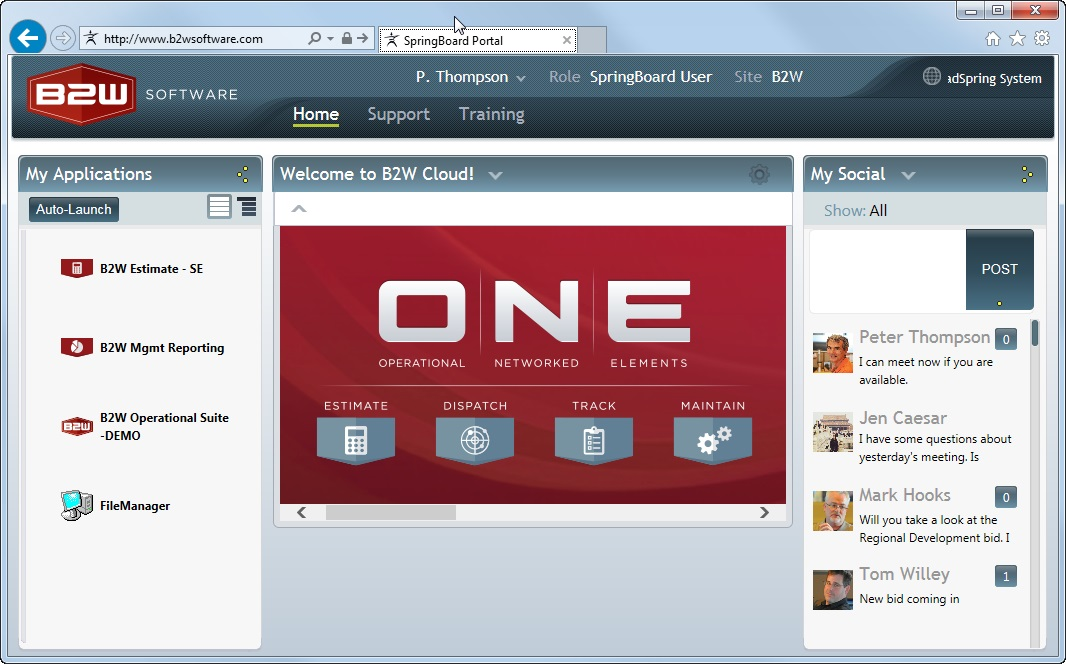
What happens if I enable encryption (SSE-B2) on an existing bucket with files in it already? Files encrypted when the feature was enabled will remain encrypted.

If encryption is disabled for that bucket at a later date, files uploaded into (or copied into) that bucket from that point forward will be unencrypted. Files in the bucket before encryption is enabled are not encrypted. Once encryption (SSE-B2) is enabled (via API or web application) on a bucket, only files uploaded into (or copied into) that bucket from that point forward will be encrypted. What happens if I enable SSE on a bucket and disable SSE at a later date? Lock icons with the letter ‘C’ indicate those files encrypted by SSE-C. Encrypted files are indicated by a lock icon in the Browse Files page within the web application. You have the option of enabling encryption via API or web application.Ĭan you tell which file(s) is encrypted and by which mode in the web application? By default, encryption is disabled for a bucket. Is encryption (SSE-B2) enabled on a bucket by default? You may disable encryption by copying the file (using the Copy API call) into the same bucket and deleting the encrypted copy. What happens if I made a mistake and encrypted a file that I didn’t want to? Please note that the APIs allow you to enable encryption (SSE-B2 or SSE-C) at an individual file level. Either via API or web application, encryption may be enabled at the time a bucket is created or at a later date. There are nominal charges for using the Class C API calls to enable / disable / read encryption on a bucket. No extra cost to encrypt your data, however, you are responsible for the normal charges associated with storing the encrypted file. As a result, if you lose the encryption key for a file encrypted with SSE-C, Backblaze will not be able to recover your key or decrypt the data.ĭoes SSE with Backblaze work the same way as it does with AWS?įrom a functionality standpoint, SSE-B2 and SSE-C with Backblaze B2 Cloud Storage work the same way as they do with AWS. Backblaze does not store the encryption key for SSE-C files instead, it stores a secure hash value that is used to validate future requests, but which can’t be used to derive the original encryption key or decrypt your file. If you use SSE-C to encrypt a file, then you must manage and protect your encryption keys yourself. After a file has been uploaded, the only time your data is decrypted is when you access the file (e.g., downloading or copying the file via API calls). With either SSE-B2 or SSE-C, Backblaze B2 Server-Side Encryption encrypts your file data at rest, but not the file metadata. SSE-C encrypts each file using a unique encryption key each file’s encryption key is additionally encrypted with the AES-256 encryption key that you manage. SSE-B2 encrypts each file using a unique encryption key each file’s encryption key is additionally encrypted with a global key before being saved to decrypt the data when each file is accessed. The options are Server-Side Encryption with Backblaze-Managed Keys (SSE-B2) and Server-Side Encryption with Customer-Managed Keys (SSE-C). Both options use an extensively-tested and widely-trusted block cipher, 256-bit Advanced Encryption Standard (AES-256), to encrypt the data at rest. You have two options for encrypting data with Backblaze B2 Server-Side Encryption.

Files that are encrypted using server-side encryption may be accessed using the same API calls as other B2 files (using either our B2 Native API or the S3 Compatible API).

Server-side encryption protects your data by encrypting it before it is stored on disk by Backblaze B2 Cloud Storage.


 0 kommentar(er)
0 kommentar(er)
